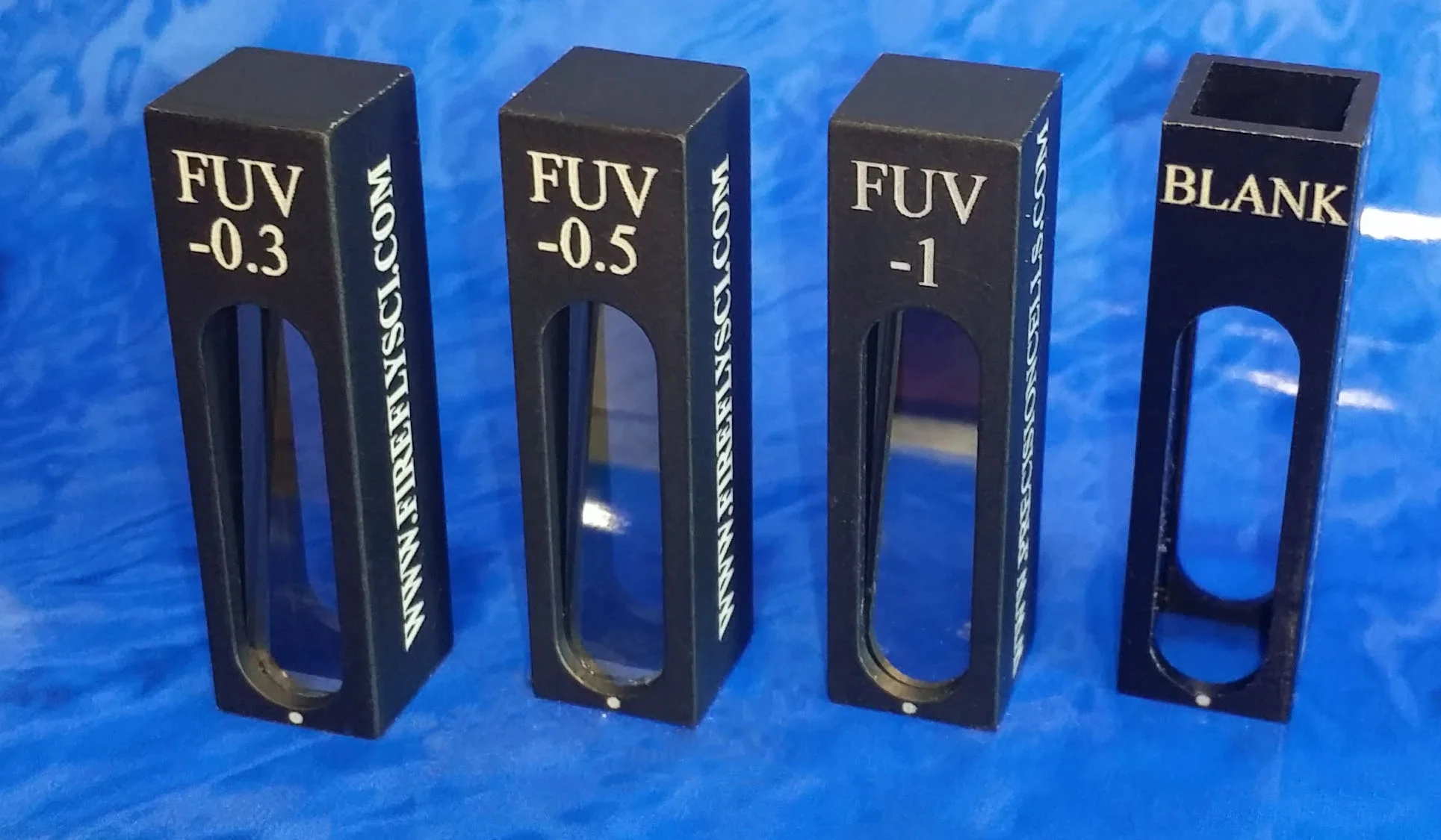Tips on Dynamic Light Scattering Experiments
/Dynamic light scattering (DLS) is an effective way to characterize a large variety of different particles. DLS is great for determining the size of particles such as proteins, nanoparticles, colloids, carbohydrates, polymers and micelles. In this article we are going to go over a few tips to help streamline your dynamic light scattering experiments.
We’re going to assume you already have an idea of what dynamic light scattering is so we are going to leave out the tedious details that can devour your brain and just highlight a few key features.
What is so awesome about DLS?
One of the best things about DLS is that it allows you the ability to measure particles in their unchanged state in the solution. Since the particles exist in their unchanged state so you don’t have to worry about protein aggregates being lost, because there is no separations involved. This process can be done at a rapid speed within just a few minutes.
Also with this technique it is possible to obtain the molecular weight, translation diffusion constant and radius of gyration.
How to Properly Set up a Cuvette for Dynamic Light Scattering
The setup of the cuvette for DLS is very important. If someone does not know the proper way to set up the cuvette, the results will have serious problems.
The cuvette must be free of any dust as these particles can register on your scan. Important: Don’t ever assume that the previous user cleaned the cuvettes.
Here are the steps we recommend for cleaning your quartz cuvette for DLS:
- Make sure to wear powder free gloves when handling the cuvette
- Clean the inside of the cell by rinsing the cell with DI water. Be sure to rinse the cell at least three times to make sure that all the dust has been removed.
- A quick way to dry the cuvettes is to use compressed air from a can to blow out the excess water while holding the cuvette upside down.
- When inserting the sample into your cuvette, be sure to use a pipette with a plastic tip. Metal tips can scratch the cuvette.
- Check for air bubbles.
- Secure the top of the cuvette in place to prevent any dust from entering.
- Clean the outside of the cell with lens tissue that is designed for optics. Do not use regular tissues as this can damage the cuvette.
- Place the cuvette into the machine and let the sample rest for 5-10 minutes.
According to Paul Russo in his Dynamic Light Scattering Minicourse a clean cuvette is defined as follows:
“We define a clean sample as one in which no dust appears when the cell is inserted in the instrument and observed using the Argon ion laser at some fairly low angle, like 30 degrees.”
What Type of Cuvette to Use for Dynamic Light Scattering
Special cuvettes are need for DLS experiments. For starters only cuvettes with three or four windows polished will work. Important: Spectrophotometer cuvettes will not work for this type of application.
Here are some cuvettes that are sure to boost your results:
- Type 701FLUV – This cell has volumes that range for 10 µl up to 160 µl.
- Type 601FLUV – Capacities ranging from 10 µl up to 100 µl and has inlet and outlet tubes to flow sample through.
- Type 75UV - Light scattering cell with rounded bottom
- Type 76UV - Light scattering cell with flat bottom
- Type 528UV
If you have any further questions about dynamic light scattering please send us an e-mail info@fireflysci.com.
Here’s to Your Success!
The FireflySci Team
![firefly_logo_FINAL [Black].jpg](https://images.squarespace-cdn.com/content/v1/5411d5c0e4b02e1c8b27565a/1434491508803-XB4OF7YDY46Z72L5U5AP/firefly_logo_FINAL+%5BBlack%5D.jpg)










